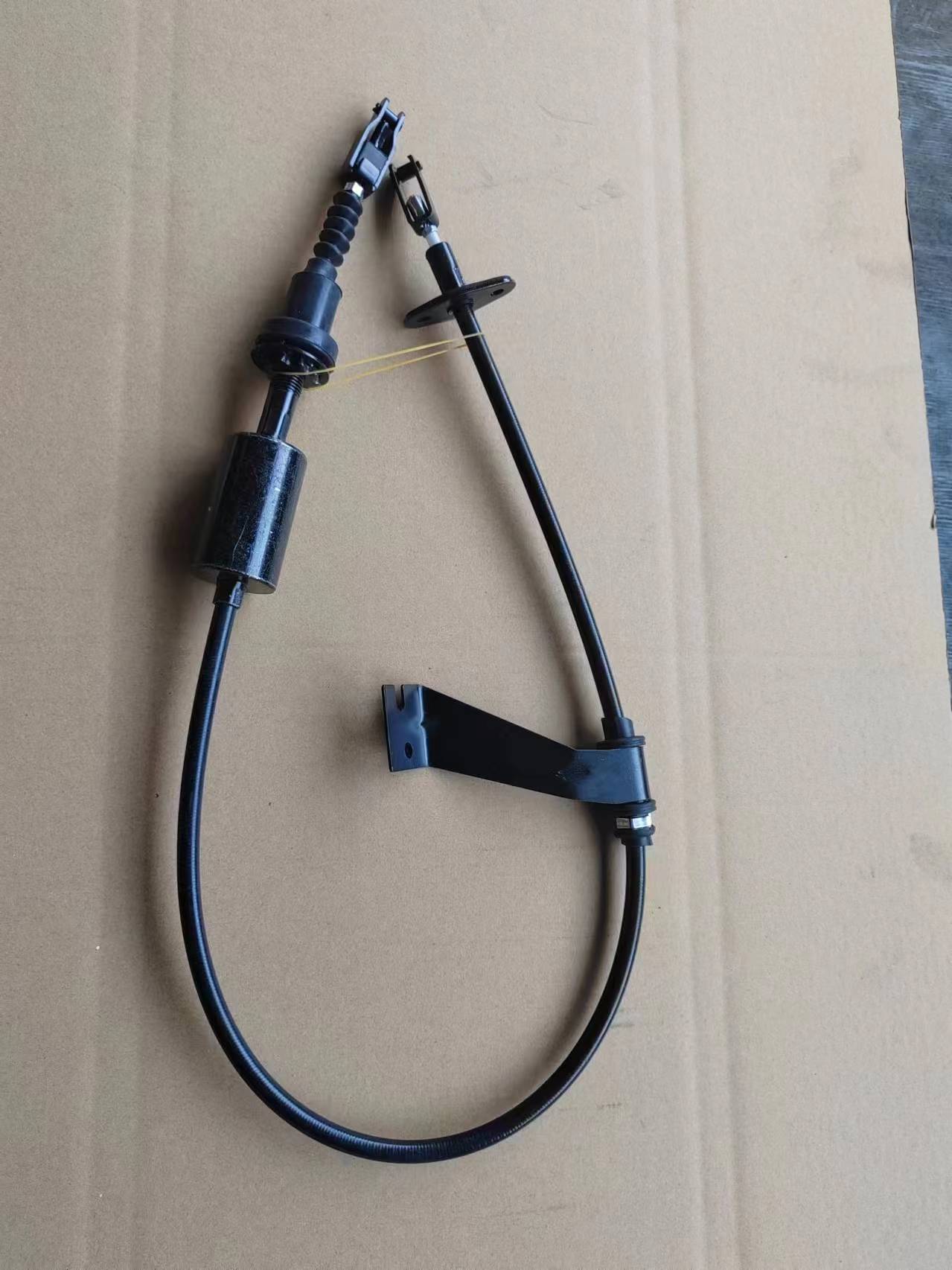gear cable outer casing
Understanding Gear Cable Outer Casing A Comprehensive Guide
For cycling enthusiasts, the importance of every component in their bike is paramount to ensure an optimal and enjoyable riding experience. Among these components, the gear cable outer casing plays a critical yet often overlooked role in the overall performance and functionality of gear systems. This article offers an insightful look into the gear cable outer casing, its purpose, types, materials, installation, and maintenance, to better understand how to enhance your bicycle experience.
What is Gear Cable Outer Casing?
The gear cable outer casing is a protective sheath that houses the inner gear cable, which is responsible for shifting gears on a bicycle. It runs from the shifters on the handlebars down to the derailleur attached to either the front or rear wheel. The outer casing serves multiple functions it protects the inner cable from external elements, reduces friction during cable movement, and maintains the overall integrity of the shifting system.
Importance of Gear Cable Outer Casing
1. Protection from Elements The outer casing shields the inner cable from dirt, moisture, and other environmental factors that could lead to corrosion or damage. This is particularly important for cyclists who ride in varied weather conditions.
2. Reduced Friction A high-quality outer casing allows for smooth movement of the inner gear cable. This reduces friction, which can enhance the efficiency of gear shifting. Over time, worn or damaged casings can lead to less responsive shifts, affecting overall performance.
3. Durability The outer casing contributes to the longevity of the gear cable system. By shielding the inner cable from wear and tear, it prolongs the lifespan of the entire assembly, saving cyclists the cost and effort of frequent replacements.
Types of Gear Cable Outer Casings
Gear cable outer casings come in different types, each designed to meet specific performance requirements
1. Standard PVC Casings These are the most common types and are affordable and easy to install. However, they may not provide as much protection against dirt and moisture, leading to potential issues over time.
2. Polymer Coated Casings These offer improved resistance to abrasion and flexibility. The polymer coating enhances the smoothness of the cable’s movement, providing better performance for competitive cyclists.
3. Braid or Woven Casings Made from braided materials, these casings are exceptionally strong and durable. They are ideal for mountain bikes or high-stress environments, where the casing is likely to experience more wear.
4. Full-length Casings These casings extend along the entire length of the cable route, providing maximum protection and reducing the chance of dirt entry. They are more commonly used in high-performance setups.
Installation of Gear Cable Outer Casing
gear cable outer casing

Installing a gear cable outer casing requires some basic tools and can be accomplished in a few steps
1. Gather Tools You’ll need cable cutters, a bicycle multi-tool, and the appropriate replacement casing.
2. Remove the Old Casing Start by detaching the gear cable from the gear shifter and the derailleur. Carefully remove the outer casing, taking care to note how the cable and casing were routed.
3. Cut the New Casing Measure the required length and cut the new outer casing accordingly. Ensure you have enough length to accommodate the cable movement.
4. Install the New Casing Feed the inner gear cable through the new outer casing, then reattach it to both the shifter and derailleur. Ensure it's well-positioned and secure.
5. Test the Setup Before heading out for a ride, test the functionality of the gear shifting to ensure everything is operating smoothly.
Maintenance Tips for Gear Cable Outer Casing
To keep your gear cable outer casing in optimal condition, consider the following maintenance tips
1. Regular Inspection Occasionally check the outer casing for any signs of damage, wear, or dirt accumulation. Replace as necessary to prevent issues.
2. Clean the System Keeping the gear cables clean from dirt and grease can significantly enhance performance. Use a soft cloth and appropriate cleaning solution.
3. Lubrication While the outer casing protects the inner cable, applying a light lubricant to the inner cable (while it's removed) can improve its movement and decrease friction.
4. Replace Worn Parts If you notice any signs of fraying or wear on the casing, it’s essential to replace it promptly to avoid compromising the shifting system.
Conclusion
The gear cable outer casing may not always be at the forefront of a cyclist's mind, but its role is crucial for ensuring smooth and efficient gear shifting. Understanding its importance, types, installation, and maintenance can help cyclists enhance their overall riding experience. After all, every small component contributes to the joy of cycling, making it essential to pay attention to even the most subtle details.
-
Upgrade Your Control with Premium Throttle CablesNewsAug.08,2025
-
Stay in Control with Premium Hand Brake CablesNewsAug.08,2025
-
Experience Unmatched Performance with Our Clutch HosesNewsAug.08,2025
-
Ensure Safety and Reliability with Premium Handbrake CablesNewsAug.08,2025
-
Enhance Your Vehicle with High-Performance Clutch LinesNewsAug.08,2025
-
Elevate Your Ride with Premium Gear CablesNewsAug.08,2025
